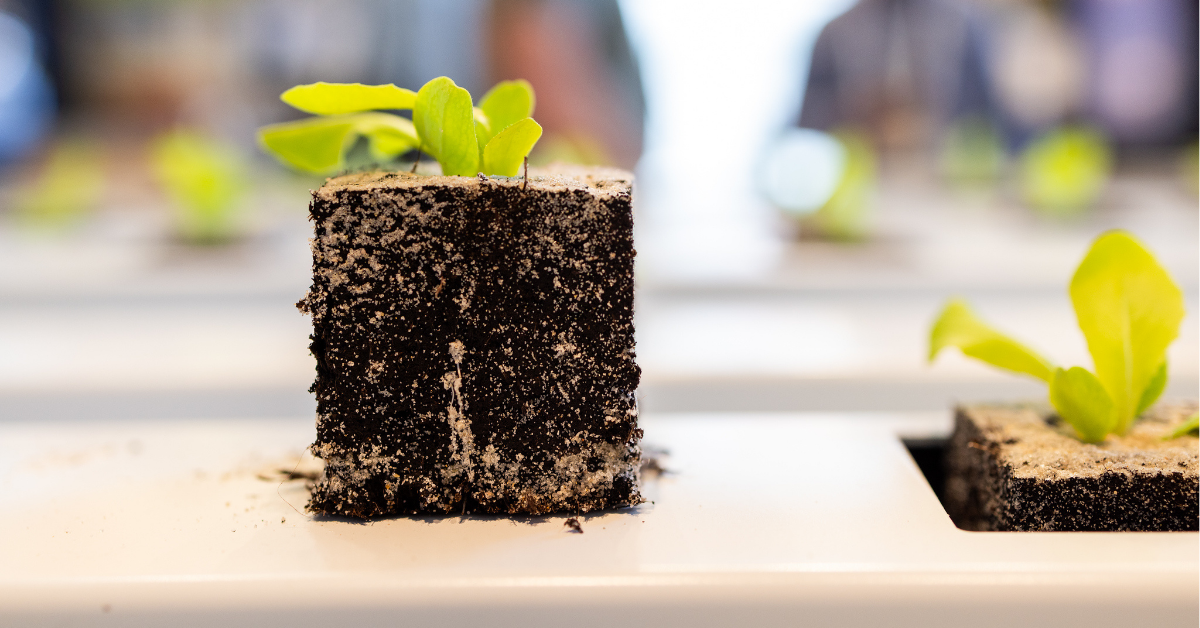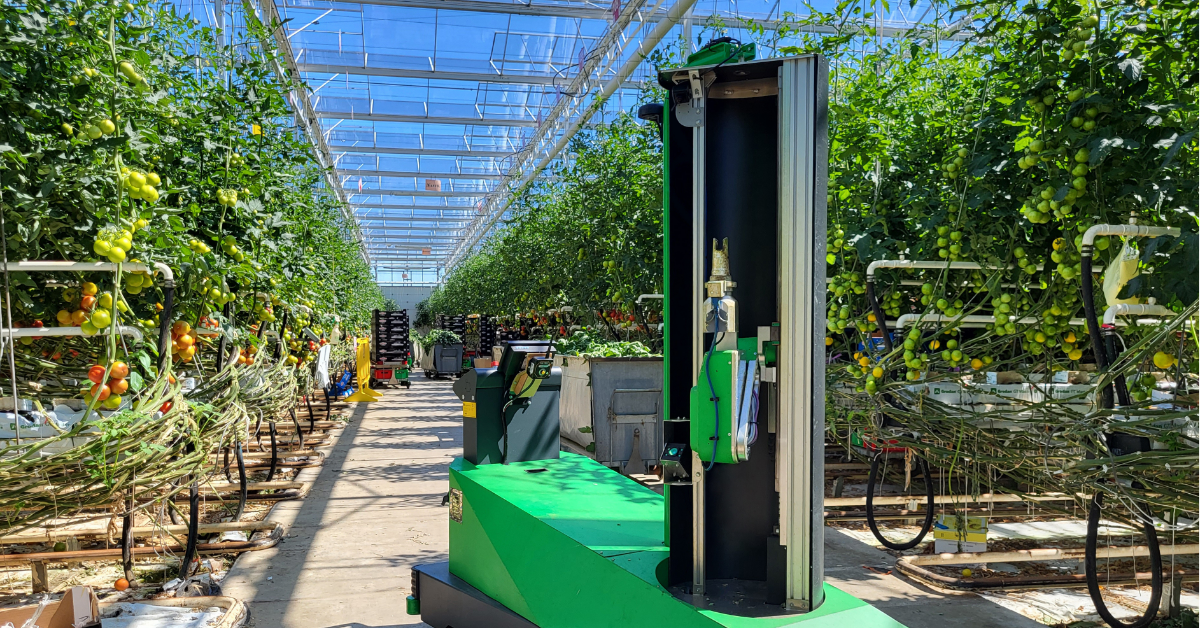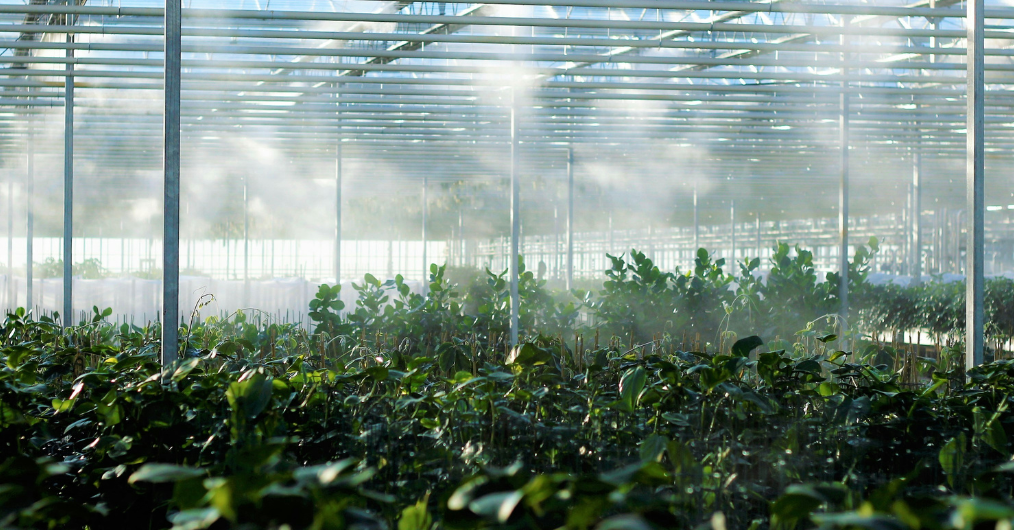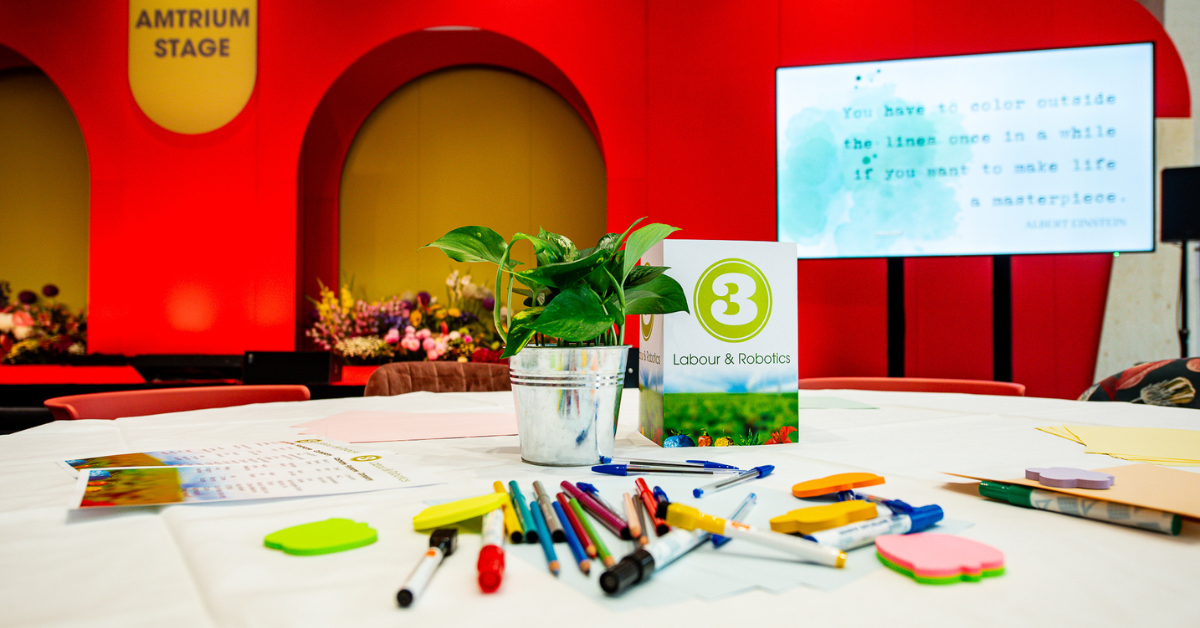Water cooled LED grow lights, hot or not?
In the lighting industry, there are some who believe the myth that LED lighting does not emit any heat when in use. This myth has been busted by the laws of physics. LEDs do not emit high levels of heat, but much less than HID or incandescent bulbs, which is why they are used in vertical & greenhouse farming. Nowadays, we see that LED lighting can boost efficiency by up to 60% but the other 40% is heat that needs to be cooled away from the LED chip.
There are several methods that can be used to cool the chip such as free air convection, forced air convection and water cooling. In this article, we are going to look over the advantages and disadvantages of a water cooling system.
Advantages:
- Water cooling systems that are used in vertical farming to cool LED grow lights are very space savy; their designs are built to help maximise space. According to HortiDaily, the costs saved from delivery of the product can be used to cover the slightly higher price and installation costs of the system. With a slimmer design, there is more space for growing plants, and more grow systems in general. When we look into traditional greenhouse LED grow lights, it is proven that water cooled LED grow lights have a smaller shadow footprint which allows more natural sunlight into the greenhouse for the plants.
- Water is transferred from the LED into the water where it can be cooled by mixing it with other water or used in other systems to heat another function. This saves energy and makes it easier to control temperature on plant leaves.
- For growers who have power limits or others who plan to expand their greenhouses without investing money into new generators to support the addition expansions, water cooling systems are the way to go. Indoor growers need HVAC systems that consume less power but still transfer heat between the growing area and the areas where the water can be recycled or cooled. Here growers can see direct savings on CapEx and OpEx as, obviously, higher power consuming HVAC systems are more expensive to run and maintain.
- Many greenhouses already have the equipment needed for water pumping and therefore the LED water system can be tied in with the existing system, saving costs.
- The water cooling system optimises the life of the LED system by keeping it just below 50 degrees Celsius, additionally increasing the light output efficiency.
Although there are some great advantages, as with most technology, there are several disadvantages that should be taken into account before investing in such a system.
Disadvantages:
- The water cooling system is nowhere near simple or cheap. Compared to other methods of cooling, water requires plumbing work as well as chillers to cool down the heated water after it conducts the heat.
- Water. Rusts. Metal. After a few years, a water cooling system can damage light if it is poorly designed. Chemicals in the water can deposit on the inside of the plumbing systems and reduce their effectiveness. To combat this distilled water should always be used to reduce the risk.
- Water can be a breeding ground for biological growth and organisms. These growths can deposit throughout the system and can cause malfunctions and reduce effectiveness throughout the cycle. Chemicals need to be added to the system to help fight the growth in wrong areas.
- When the system is not correctly installed or designed, small bubbles can appear around the area of the light now allowing all the heat to be conducted into the water and reducing the effectiveness of the system.
- The repair costs of the system can be very high as the system itself is quite expensive. Unskilled personnel cause operation risk to increase and damage expensive LED lights.
- What happens when you mix water and electricity together? In a poorly constructed water cooling system, water can short circuit the system or cause electrical shocks.
For any operation, both the advantages and disadvantages need to be weighed out in order to determine the appropriate action for the future. According to HortiDaily, “There is no one0fit-all solution for horticulture LED lighting” but perhaps it is best to choose one based on your operation, experience and corporate identity.
How would you feel with the months hottest Horticulture Technology tips, trends and info at your fingertips? Sign up for our monthly newsletter to make sure you stay ahead of the game! #AskGreenTech
Source: www.hortidaily.com/article/38708/Advantages-and-disadvantages-of-water-cooled-LED-grow-lights
Author: Genesis Scientific
Share your horticulture technology stories with us
Do you have an innovation, research results or an other interesting topic you would like to share with the international horticulture technology industry? The GreenTech website and social media channels are a great platform to showcase your stories!
Please contact our Brand Marketing Manager Murkje Koopmans.
Are you an GreenTech exhibitor?
Make sure you add your latest press releases to your Company Profile in the Exhibitor Portal for free exposure.
Have exclusive horticulture technology news delivered to your inbox
The GreenTech monthly newsletter brings you the latest exclusive horticulture technology news and updates about our global horticulture technology trade shows and events.
Join over 32,000 of your peers and receive:
☑ Exclusive commentary from industry leaders
☑ The latest news from the GreenTech team
☑ Stay up to date with all the latest news about our events



.png?h=628&iar=0&w=1200)




